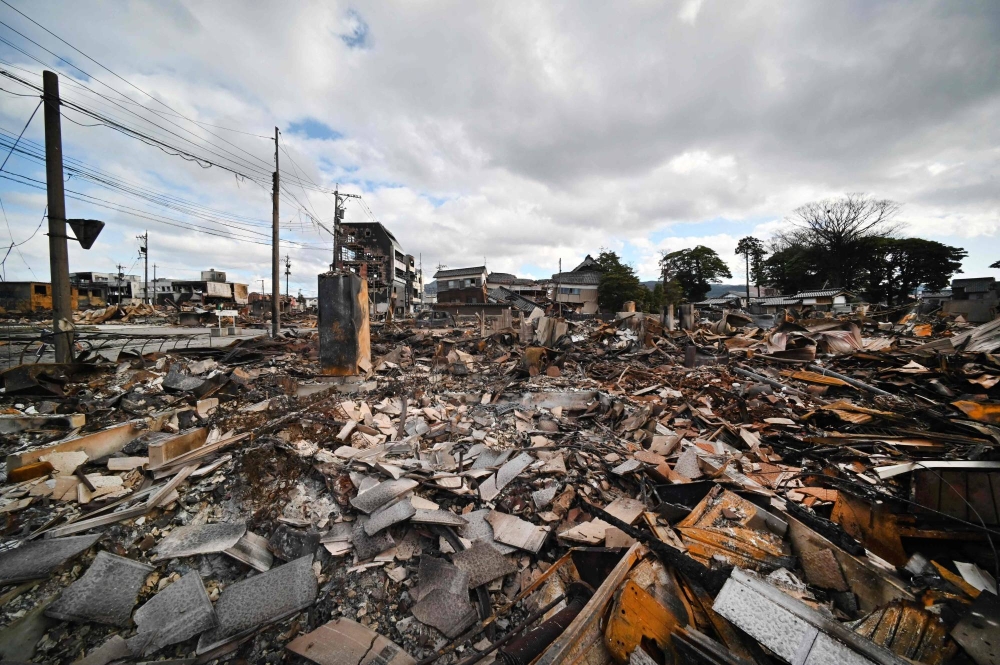
Fall and winter have come and they seem to be affecting some people’s lives. Seasonal depression, also called Seasonal Affective Disorder (SAD), which sometimes runs in families and occurs at least once in the lifetime of 15% of Canadians, is a feeling of sadness and depression that for most of those affected, comes in the fall and the winter and leaves in the spring and summer.
If you have symptoms like bad moods, sadness, low energy, or fatigue. If your appetite has increased or decreased and you notice changes in your weight. If you lose interest in activities you usually like and you don’t feel like leaving your house, you might be affected by this disorder. Another possibility would be to have winter blues, which is very similar to SAD but doesn’t affect people’s lives as much, it is more of a loss of motivation than a depression. In all cases, consulting a psychologist or therapist would be recommended, as they will be able to help you find the best solutions for you.
Scientists believe SAD is mainly caused by the lack of daylight people get due to the shorter and colder days of the winter. People are often tempted to stay cozy inside during winter, but they should avoid doing it too frequently. “We have to continue to get outside even when it’s cold, said a therapist and owner of NKS Therapy in Toronto, Natasha Sharma, that fresh air, that exposure to daylight plays a big role.” Some also feel the need to isolate socially during the winter, but suffering in silence and always being on your own when you’re in a negative state of mind may not be the best option for your mental health.
Though most may feel hopelessness invading them, there are ways to free yourself from or at least reduce the effects of this disorder. The easiest and most commonly used treatment is called light therapy. It is as simple as standing or sitting in front of a strong light (preferably one that has a 10,000 lux brightness for a more efficient result) close to you every morning for 30 minutes. 60 to 70 percent of people who have tried light therapy confirmed noticing a relief in their depression within a few weeks.
Another way to reduce the symptoms of depression is by simply going out and getting regular exercise, especially outdoors which will expose you to sunlight and will make you move and feel better throughout the winter.
C.B.T. which stands for Cognitive Behavioral Therapy is a form of talk therapy that has for goal of modifying your way of thinking and reducing your negative and useless thoughts that give you your bad moods during the fall and winter. C.B.T. is the only treatment that can be effective permanently after just doing it once. “It works in the winter when that person comes in for a treatment, but then it also protects them from depression the next winter and the winter after that.” said Dr. Kathryn Roecklein, an associate professor of psychology at the University of Pittsburgh.
If the previous solutions don’t suit you, seasonal affective disorder can also be treated by antidepressant medications you can get prescribed.






